Reportar esta entrada
Más sobre la misma comunidad-colección
Bank of the West Officially Opens
1990: Bank of the West opens with 13 staff members in a small ...
Bank of the West Moves to New Headquarters
1993: The former First Financial/MeraBank building is purchased ...
Larry L. Patton Named President of Bank of the West
1999: Larry L. Patton, current President and CEO, is named ...
Rick Francis Named Bank of the West Chairman- El Paso, Texas
2007: L. Frederick “Rick” Francis succeeds Jonathan W. ...
Bank of the West Grows to Over $600 Million in Assets
2005: After 15 years, Bank of the West has over $616 million in ...
Bank of the West celebra 20 años
2010: Celebrating its 20th anniversary, Bank of the West now has ...
Bank of the West actualiza su logotipo
2011: Moving into its second decade, Bank of the West updates ...
Bank of the West celebra décimo aniversario
2000: Bank of the West celebrates its 10th anniversary. It has ...
Bank of the West nombrado Banco Comunitario de Mejor Rendimiento
2011: WestStar Bank Holding Co., Inc. (parent company of Bank of ...
Bank of the West cambia de nombre a WestStar Bank
2012: Bank of the West changes its name to WestStar Bank. The ...
WestStar Bank nombrado 14a Banco Comunitario de Mejor Ejecución en los Estados Unidos
2013: WestStar Bank receives the ranking of 14th Best Performing ...
WestStar Bank nombrado entre los 10 bancos tamaño mediano de mayor rendimiento
2014: WestStar Bank is named 10th Top Performing Midsize Bank in ...
La flota "Pinocho" desfile Sun Parade 1969
1969 First place Sun Parade winner "Pinocchio" going through the ...
Flotas del desfile Sun Parade 1969
This 1969 "Carrousel" Float was the first to be brought by the ...
Portada de la 33a Annual Southwestern Sun Carnival Program
Since 1936, New Years in El Paso has been rung in by the Sun ...
Horizonte del centro de El Paso 1967
Panorama of colorful El Paso Downtown skyline with mountains of ...
1967-1968 Sun Carnaval dama de honor Myra Flory Daugherty
18 year old Myra Flory Daugherty was Lady-In-Waiting during the ...







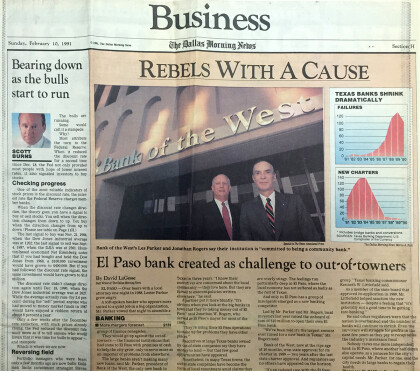
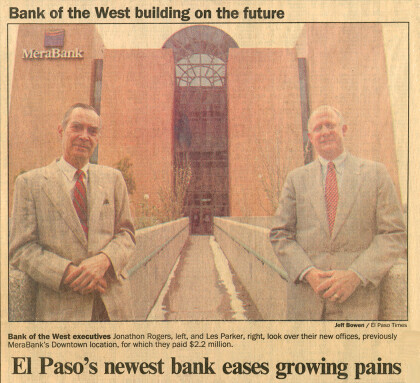
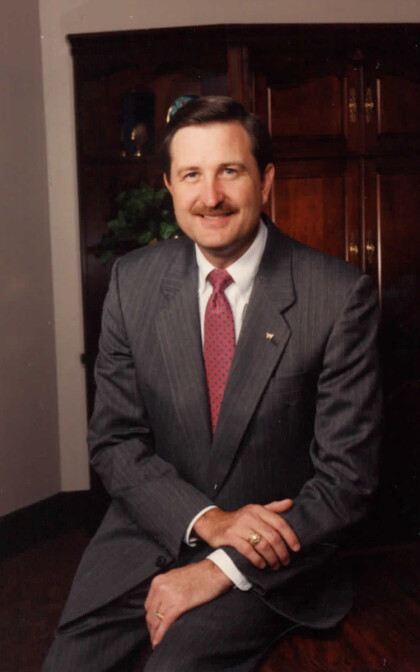
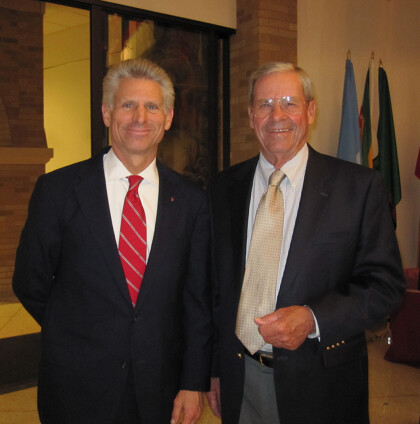
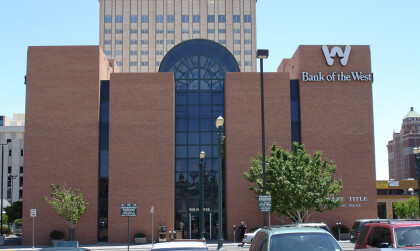
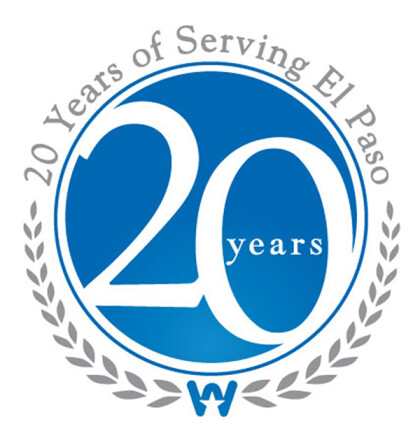







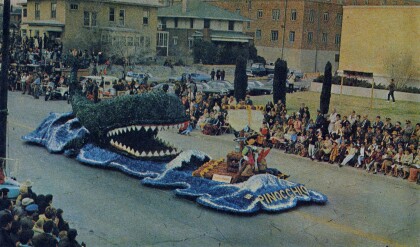
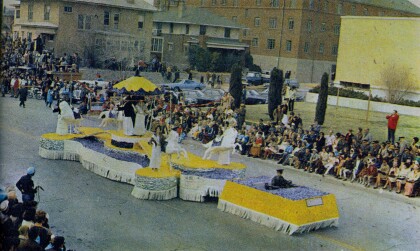

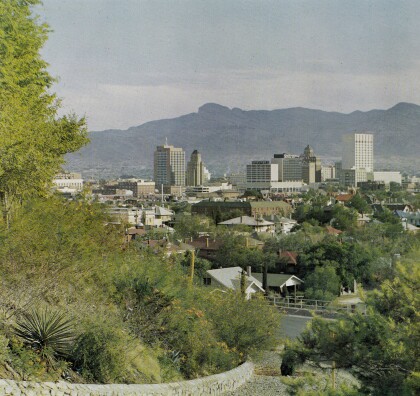

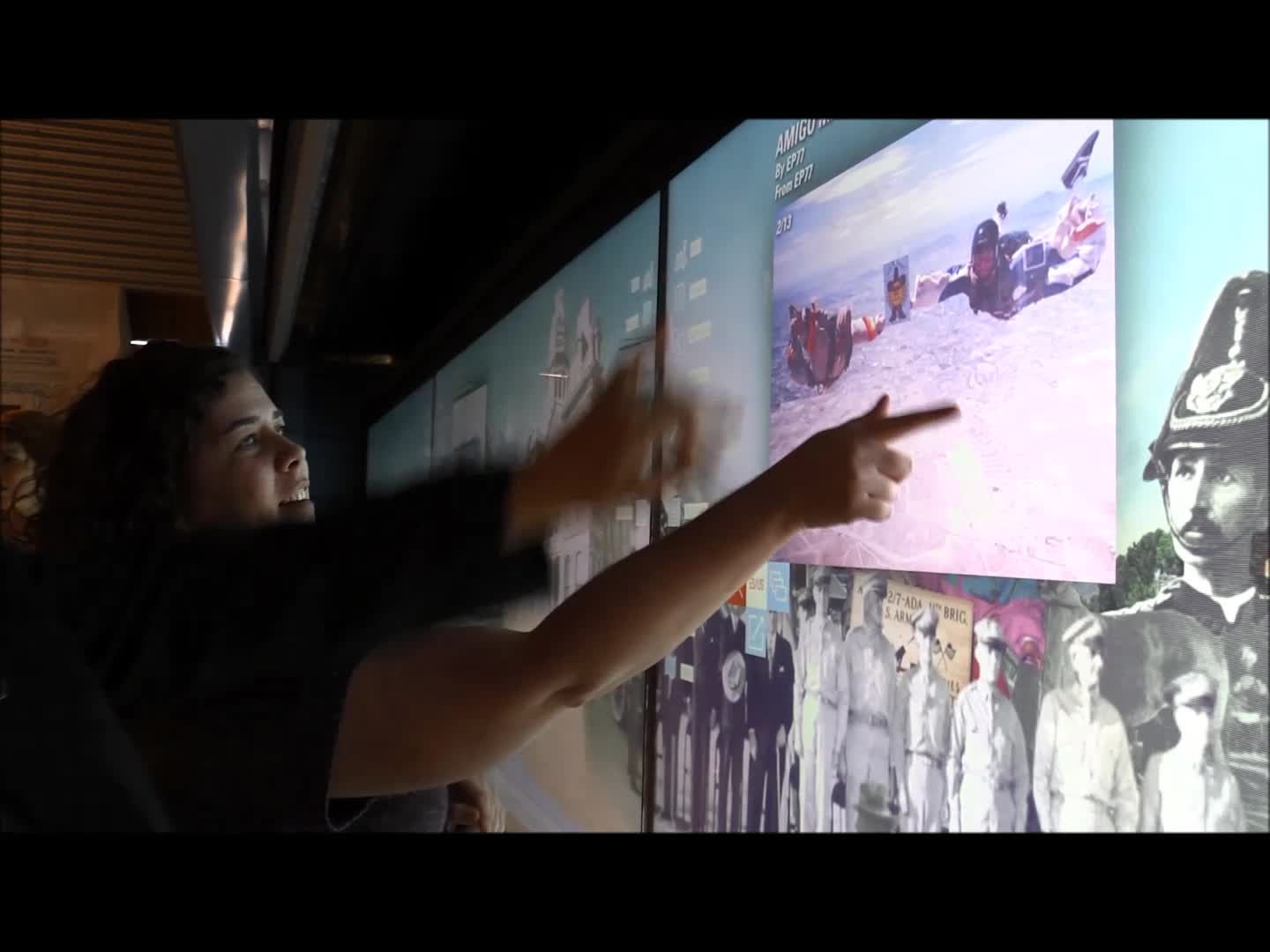


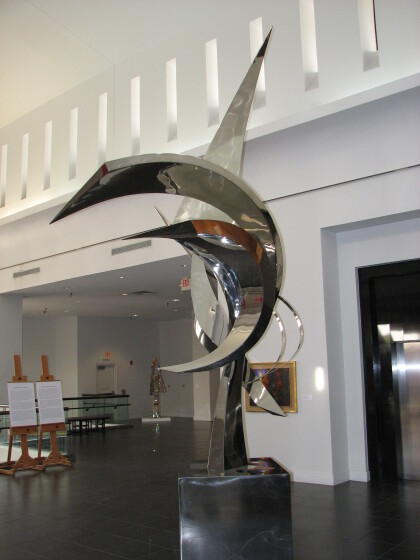
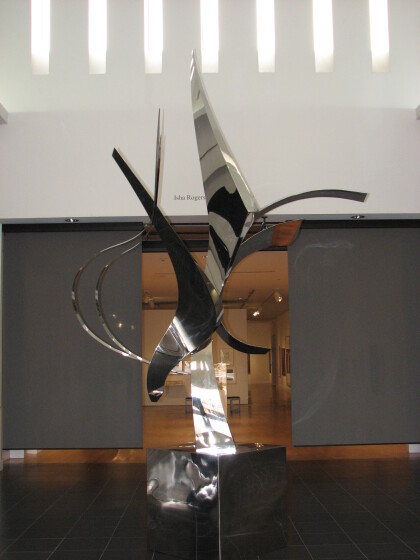
Comentarios
Hacer un comentario